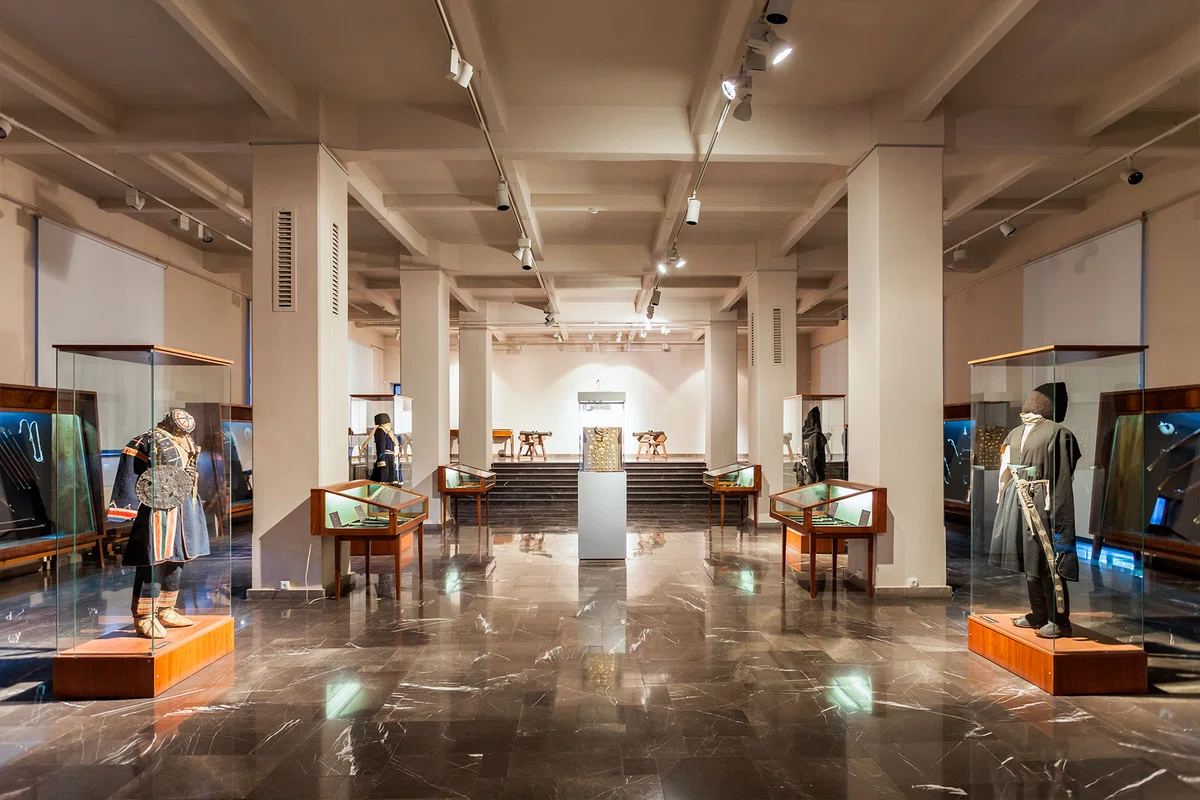
Popular museums of Tbilisi, where to go for a tourist in Georgia
The history of the country is worth studying in museums. Our selection includes 10 of the best museums in Tbilisi. You will find a brief history, a description of the exhibits, the reasons for the popularity and uniqueness of each of the museums. Get to know the legacy of the tsars better by using the Madloba catalog - the best guide to Georgia.
The countries of the world are different in traditions, culture, history and everyday life, so tourist trips are one of the most interesting types of recreation.
Going on such a trip, I want to see as many different sights, iconic and simply interesting places as possible, as well as visit local museums.
Georgia is no exception in this regard.
It attracts tourists from all over the world with the pristine beauty of nature, ancient architecture, delicious dishes of national cuisine.
And its capital is a major cultural center that inextricably linked the rich past and the present.
The museums of Tbilisi invite you to get to know the great heritage of the tsars more closely.
They, like no one else, will best tell about the history of the country since ancient times, introduce its thousand-year-old traditions and culture. They will give a complete picture of the formation of a modern state.

Simon Janashia National Museum of Georgia
The largest in Tbilisi and one of the main historical museums of Georgia. It is here that you can get the most complete picture of the centuries-old culture and life of the Caucasian people.
Back in 1825, the Caucasian Department of the Russian Imperial Geographical Society decided to establish a museum.
In 1921, the exhibits, saving from the Bolsheviks, were taken to Europe, and only after the end of the Second World War, they were returned back.
In 1947, the museum was named after the historian and public figure Simon Janashia.
In 1991-1992, due to the military coup, the building was severely damaged, and some of the exhibits were destroyed by fire.
In the early 2000s, in order to optimize the work of museums, a reorganization took place.
Now it is a huge exhibition complex, since 2004 it has included various museums located throughout the country:
The main three-storey building is located on Shota Rustaveli Avenue, 3. The halls are in chronological order, starting from the Bronze Age and ending with the 20th.
The main treasure of the National Museum is objects made of gold. Coins, jewelry and coinage dated to the 2nd century BC. In addition, visitors can see the fossilized remains of the oldest representative of mankind who lived about 2 million years ago.
Ancient clothing and handicrafts, ceramics, icons, and the oldest Urartian inscriptions are displayed in the halls. Finds of various scientific fields, for example, zoological, ethnographic, geological, are placed.
The National Museum is one of the most interesting in all of Georgia. In total, his collections number more than a million copies.

Ethnographic Museum of Georgia
This is not just a museum, it is a real collection of rarities, an ethnographic corner in the open air. In a couple of hours here you can make a journey through the ages.
The complex is located in Vake Park, near Turtle Lake, on an area of more than 50 hectares. It was founded in 1966 by ethnographer and historian Georgy Chitaya.
Here you can see how different segments of the population lived at different times.
The exposition consists of 14 parts, exactly as many ethnographic regions in the country, and the best exhibits have been brought here from each. A museum employee is assigned to each zone, keeping order. But, unfortunately, they do not all speak Russian.
The museum complex resembles a small village and has about 70 buildings. In addition to residential buildings, barns, stables, hunters' houses, forges, wine cellars and much more are located on the territory.
Almost all the structures are originals, brought here from regions where they were built in different centuries with the help of available technologies of their time.
Inside the residential premises, the interior is as close as possible to the imagined era. Here you can see furniture and household items, utensils, clothes. Documents and other materials reflecting the ethnic specifics of local history are collected bit by bit.
There are more than 8 thousand items in total.
The most interesting exhibits are:
George 's House Reading;
Byzantine Basilica of Sioni, dated 5-6 centuries;
Kakhetian wineries of Marani.
Various workshops and festivals are held on the territory of the complex. On weekends, guests are treated to fresh bread and cheese.
The museum is located 3 km from Tbilisi, part of the way will have to be overcome on foot. To visit, it is better to choose a warm season and comfortable shoes.
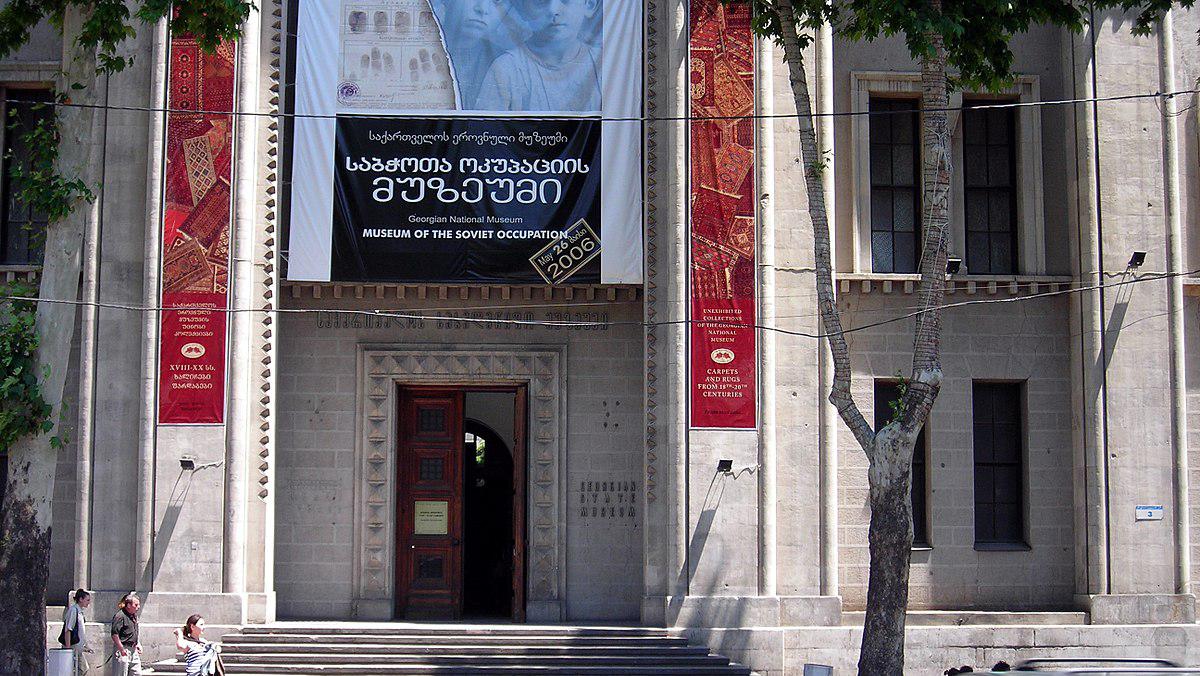
Museum of the Soviet Occupation
Its expositions are devoted to the historical period of Georgia from 1921 to 1991. The time when the Soviet government was here.th of the Soviet regime. One of the most important exhibits of the exhibition is the pen with which the Declaration of Independence of Georgia was signed.
It was established in 2006, but soon the old part of the building was closed for restoration. Only in 2011 the museum reopened its doors to visitors.
Its expositions are devoted to the historical period of Georgia from 1921 to 1991. The time when the Soviet government was here.
The museum has a modern darkened interior and lighting, quiet music accompaniment in the halls.
At the entrance there is a fragment of the wall of the car in which, by order of the Communists, in 1924, the participants of the uprising who fought against the Bolshevik regime were shot.
The exposition should be held clockwise. The hall presents historical documents, photographs of people who became victims of political repression in Georgia. Part of the exhibition is interactive.
The exhibits of 1920-1930 are particularly interesting, they occupy the main part of the exposition. You can not only see, but also sit at the commissioner's desk, get acquainted with the archives of the KGB.
Often, invited historians hold public lectures on the history of Georgia of the 20th century here.
In general, all the material is selected quite correctly, showing only the sad events that the residents of the country had to go through.
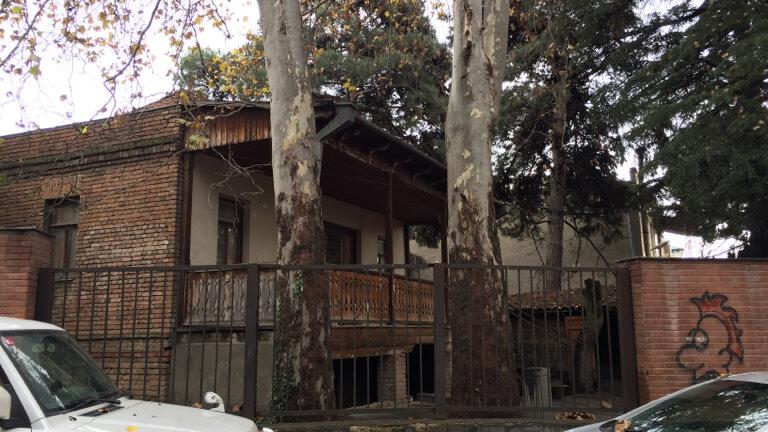
Museum of the Underground Printing House named after I. V. Stalin in Tbilisi
On Kaspi Street, 7, in 1937, with the assistance of Joseph Vissarionovich himself, a museum named in his honor was opened. The full name of the institution is "The Museum of the Avlabar Illegal Printing House of the Caucasian Union Committee of the R. S. D. R. P. named after N. V. Stalin".
This unique museum is dedicated to the underground printing house of the late 19th and early 20th centuries.
To distribute revolutionary leaflets and other propaganda literature in the Caucasus, a printing house was needed, V.I. Lenin proposed to place it in Tbilisi.
Especially active communists found a plot of land in the Avlabare area, it was a working suburb of the city where the workers of the railway depot lived. After the official permission of the authorities, a house was erected, a printing house was equipped in the basement. To make everything extremely secret, it was possible to enter it through a nearby well.
Many of the articles published here were written by Comrade Dzhugashvili.
It existed from 1903 to 1906, after which it was declassified.
Gendarmes destroyed the building completely, and the basement was blown up. But the machine has survived and is still preserved.
In 1937, on behalf of Stalin, an exact replica of the destroyed house was built, in which a museum was opened.
The museum consists of 3 buildings: a house where the owner of the site lived, from her porch, with the help of a bell, revolutionaries were notified of the approach of the police, a shed with a well and a pavilion where the museum exposition is presented.
Now there are guided tours. Various documents, photographs and posters, medals are displayed. Visitors will get an idea not only about pre-revolutionary Georgia, but also the Russian Empire as a whole.
And in the basement there is the same machine. Due to the high humidity, traces of rust are visible on it. But you can still see the manufacturer's company and the year of manufacture.
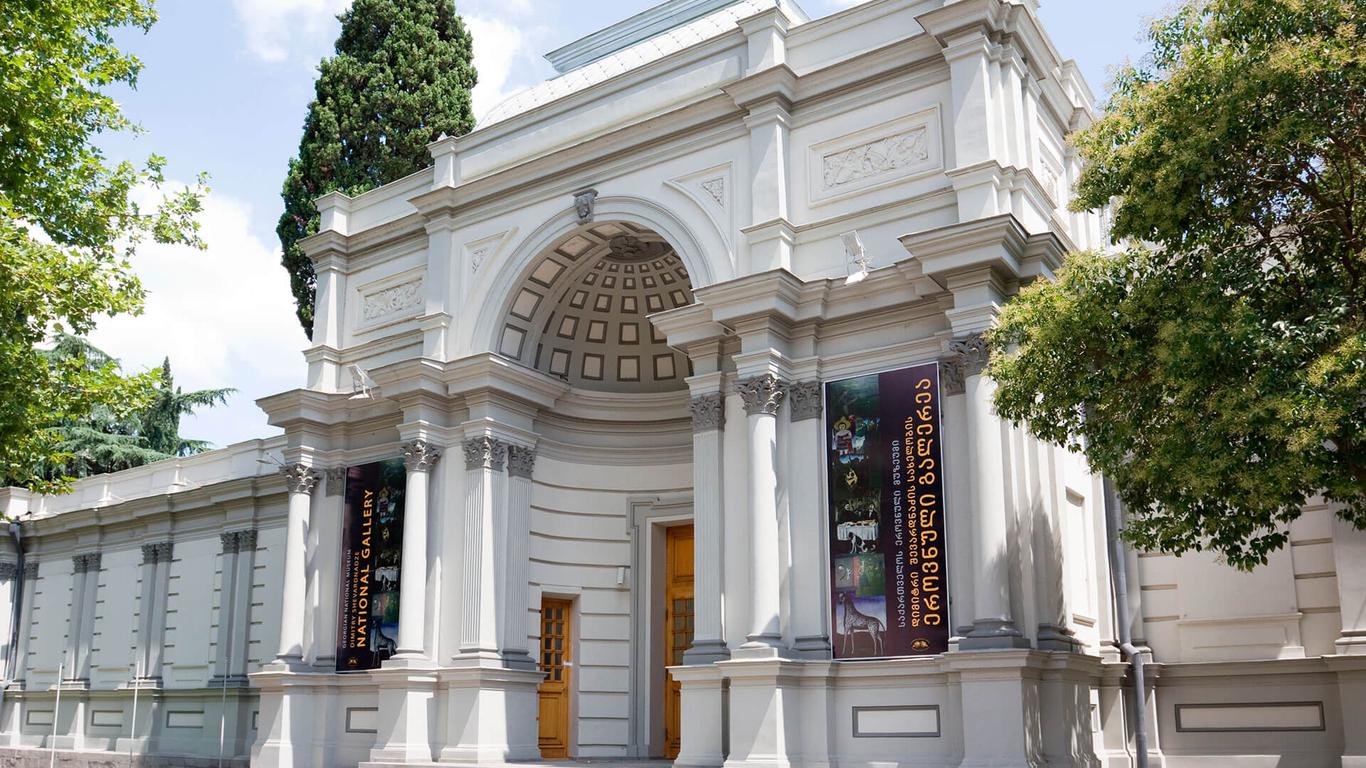
National Gallery of Tbilisi
The Dmitry Shevardnadze National Gallery of Art or the "Blue Gallery" invites guests to 11 Shota Rustaveli Avenue.
The building was erected in 1885-1888 for the military historical museum "Temple of Glory" dedicated to the war in the Caucasus, which existed until 1917.
From 1917 to 1920, with the active participation of the artist, collector and public figure Dmitry Shevardnadze, the creation of the gallery began.
Its doors opened for the first time in 1920. The works of Georgian and foreign artists of the 18th and 19th centuries were presented to the general public.
In 2004, it was awarded the status of a national institution and included in the list of cultural and art objects.
In 2012, the building was closed for restoration, after the completion of the work, it was decided to assign the national gallery named after the founder and its first head Dmitry Shevardnadze.
The exhibition includes murals, installation works, sound and painting. The immersive exposition unites the three halls of the museum, forming a triptych.
The National Art Gallery is located in a historic building erected in 1888. A special role in the construction of the building was assigned to the Russian architect of German origin Albert Salzman, who recreated the style of the Roman palace of Pio Piacentini in the exterior.
Currently, the gallery occupies eight halls. Two with permanent expositions, the others host temporary exhibitions, conferences and other events.
The museum's vaults contain more than 30 thousand exhibits: paintings, graphics, sculpture, photography. All these are the fruits of the works of the best Georgian artists.
In the room there is a cozy cafe and a souvenir shop where you can buy beautiful jewelry made by local craftsmen.
The gallery is waiting for visitors from 10.00 to 18.00 from Tuesday to Sunday, Monday and official holidays - weekends.
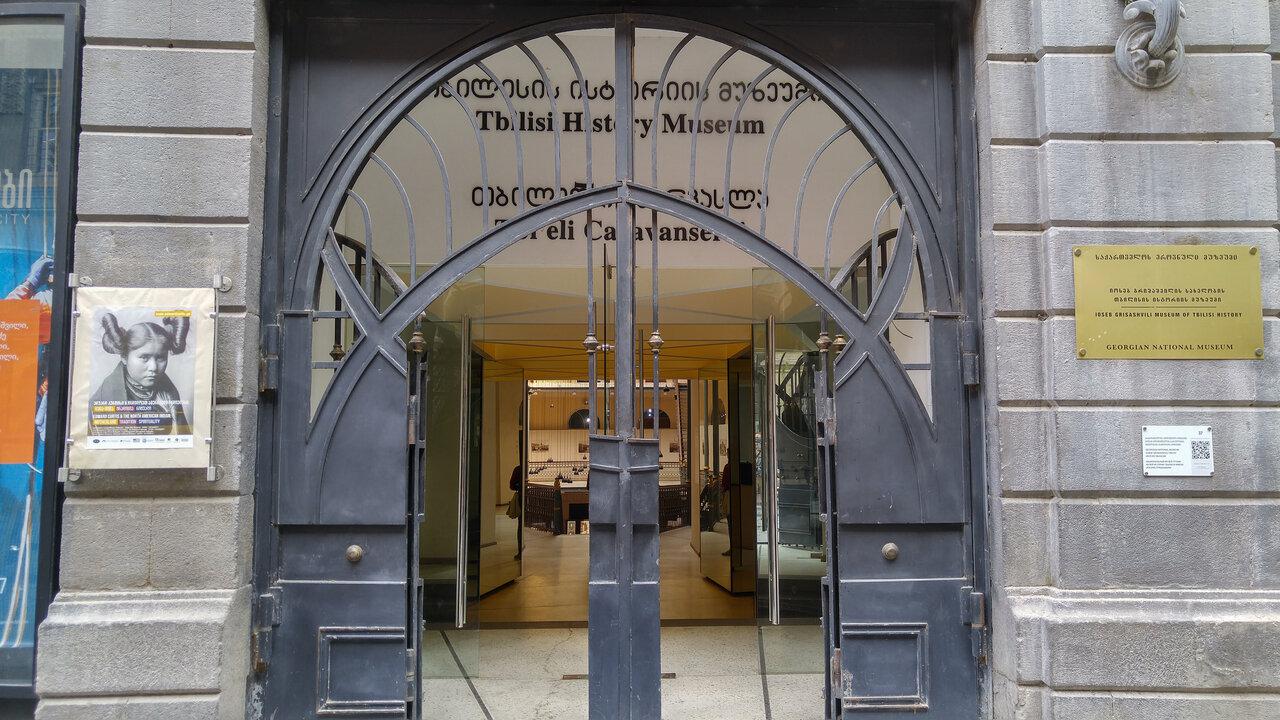
Museum of the History of Tbilisi named after Joseph Grishashvili (Karvasla)
The building, built in 1818, in which the institution is now located, is located in the very center of the capital at Seoni Street, 8, and is named after the poet Ioseb Grishashvili.
In 1910, the museum was founded as a municipal one. Since 1984, he has settled in the restored premises of the former caravanserai. Hence its name - "Karvasla".
The museum occupies three floors.
Souvenir shops have moved into Nizhny Novgorod. On the second floor there is the main exhibition dedicated to Tbilisi, where you can see ancient artifacts, photo chronicles of the 19th century, national costumes, dishes, jewelry and much more.
Some artifacts are dated to the 4th century BC
. The third one is reserved for temporary exhibitions and various events.
About 50 thousand interesting and unique exhibits are stored in the storerooms: medieval manuscripts, archaeological finds, ethnographic materials, household items, weapons, clothing, and this is not a complete list.
Moving from one hall to another, one can see the entire path of development of the Georgian people.
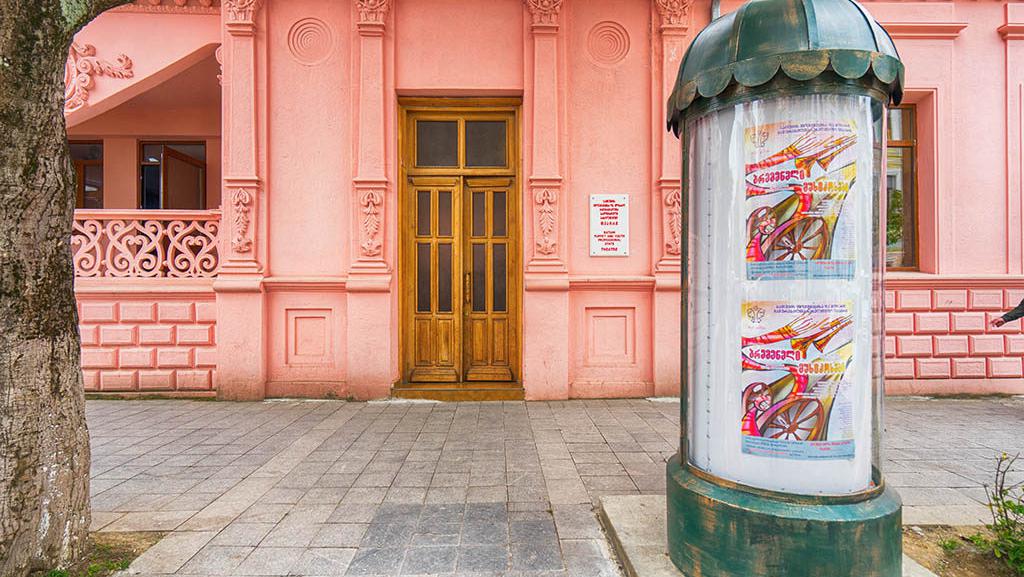
Doll Museum in Tbilisi
Now it is a full-fledged museum of dolls and toys, and back in 1937 it all started with a small collection of dolls and various doll accessories, occupying several rooms in the kindergarten building. It was founded by the writer, Honored teacher Tinatin Tumanishvili. Here you can also see manuscripts and personal belongings belonging to the founder's family. All this was subsequently transferred to the state.
Since 1958, the collection has been housed in the House of Pioneers, in 1986 it moved to a building on 17a Shavteli Street.
At that time Georgia did not yet have a national doll and Tina Tumanishvili initiated its creation. In addition, she was engaged in ethnography, which helped in the manufacture of folk toys.
In the early 90s, 24 unique dolls were stolen from the museum, unfortunately they could not be found. After that, it was closed for 15 years. In 2008, it was reopened.
At the moment, the collection has about 3,000 exhibits dating back to the 19th and 21st centuries, made of all kinds of materials. Most of them are in a single copy.
The museum often hosts temporary exhibitions of contemporary art. Various workshops and classes are organized.
It will be interesting for people of any age to visit the complex. The dolls are made so skillfully that they cause surprise and genuine admiration.
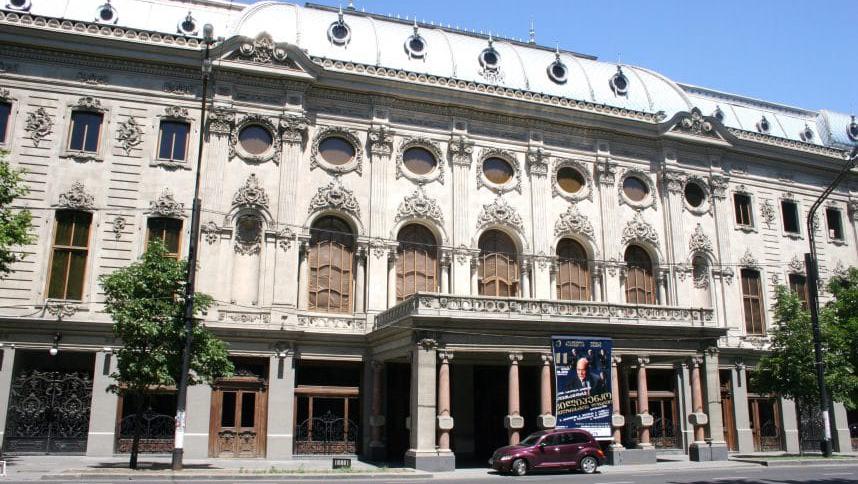
Museum of the State Professional Drama Theater named after Shota Rustaveli
Shota Rustaveli is an outstanding Georgian poet of the 12th century, one of the symbols of the country. Many objects are named after him not only in Georgia, but also in the former Soviet republics.
It is impossible not to tell about the museum of the Tbilisi theater named after him, opened in 1932 in one of the premises of the Academic Theater of Georgia. And located, of course, on the avenue of the same name.
The exquisitely beautiful building of the Academic theater was erected in 1901 by the best European architects. An architectural monument of the 19th and 20th centuries. Its facades are decorated with various mythical creatures. And when creating interiors, later Baroque and Rococo were used.
Now it is the main stage of the country.
During the tour, there is an acquaintance with the history of the development of the creative team of the theater. Costumes, posters, personal belongings of actors and much more are shown.
There is a large archive of photo chronicles, manuscripts, sketches of scenery.
Books and newspapers deserve special attention of visitors, they publish articles and stories about theatrical life, about artists and directors, because many world-famous actors have Georgian roots.
The main exhibition consists of historical data on the development of the Shota Rustaveli Drama Theater. Pay attention to the documentary data on the construction of the theater building, photographs and personal records of actors, posters and sketches of artists.
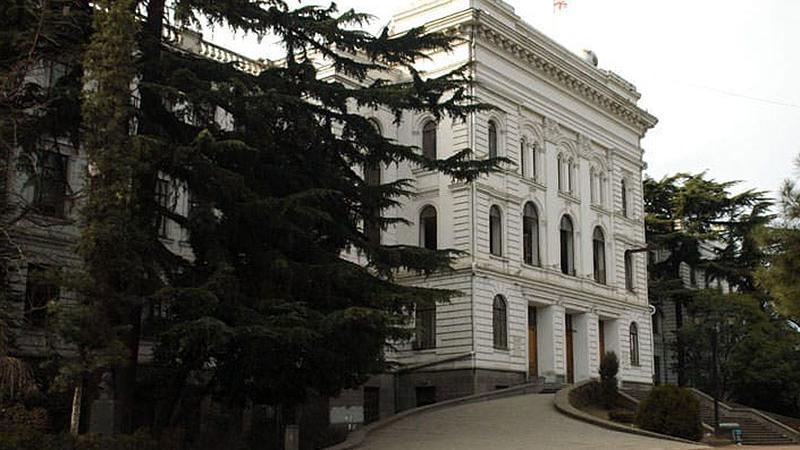
Museum of Georgian Emigration
The exhibits of this museum are of scientific value and, accordingly, are located in the building of the Ivane Javakhishvili State University at 1 Chavchavadze Avenue
. Documents concerning outstanding representatives of the Georgian people who had to leave their native country for some reason are carefully collected here.
Thanks to various manuscripts, printed documents, and photo archives, it was possible to collect detailed information about their fates and activities.
In this scientific and cultural center, many interesting facts about immigrants from Georgia are known.
Most of the surnames are unknown outside the country, but here they are remembered and honored.
A striking example is Ektime Takaishvili, a great scientist and public figure who emigrated to France in 1921, saving national treasures from destruction. He was able to take out 39 boxes containing treasury and cultural heritage items. All this has found a safe haven in Paris.
All this wealth returned to their homeland only at the end of the Second World War. Takaishvili was placed under house arrest, where he died soon after.
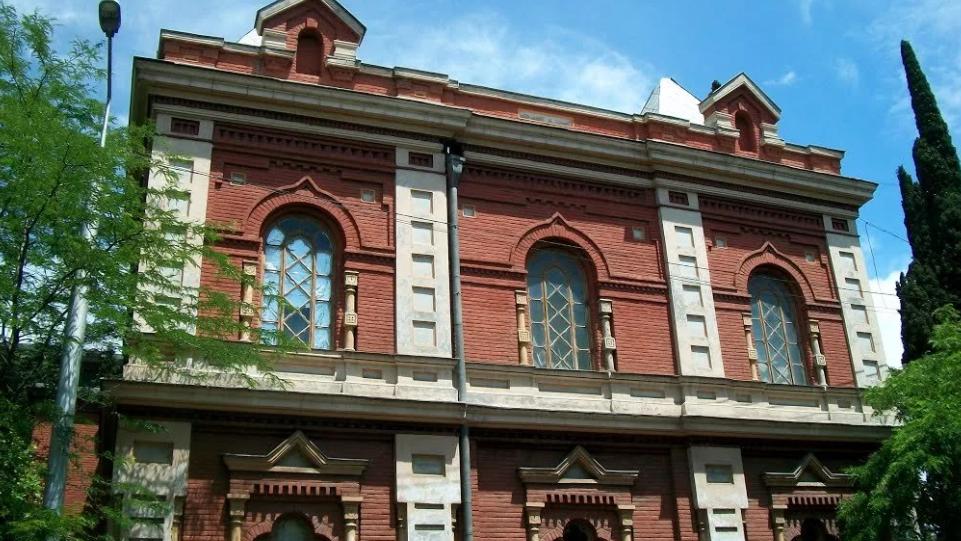
Silk Museum of Tbilisi
By order of the Georgian authorities, back in 1887, the Caucasian Sericulture Station was founded in Tbilisi.
The museum building itself, adjacent to it, was built only in 1892,
Practical and theoretical classes on sericulture were held here, a scientific library, a laboratory and other institutions were located.
Now the museum's close proximity to the station gives guests an extraordinary opportunity to feed silkworms from April to June.
At one time, the country was massively engaged in breeding silkworm. The caterpillars were placed on hundreds of specially constructed shelves and, in order to obtain high-quality silk thread, were fattened only with mulberry leaves, which were taken from the population.
For several weeks, the silkworm constantly eats leaves, then stops and wraps itself in a cocoon. If the leaves of other plants get into his food, then the thread becomes coarse, and the fabrics are of poor quality.
Examples of such cocoons are presented among the exhibits. It is also possible to observe how fabrics are born from threads.
Visitors will also be introduced to other ways of using mulberry, for example, jam, vodka, vinegar are brewed from it.
At the moment, the collection of cocoons includes 5000 copies. They are different in shape, color and size. These include unique cocoons that have ceased to exist.
In the showcases you can see dozens of pickled specimens of silkworms.
Tourists are introduced to the full life cycle of the silkworm, the varieties of silk threads, the technology of insect care, the process of collecting silk, as well as the manufacture of products from it. And various equipment used at each stage.
Of particular interest are historical materials demonstrating the development of sericulture. The main place here is devoted to the history of the Great Silk Road.
This museum will appeal to both adults and children, especially since it hosts training courses on working with silk.
The Silk Museum, which miraculously survived in difficult times and has survived to this day, is considered one of the most unusual museums in Tbilisi.
This is only a small part of the museums located in Tbilisi. The most popular and interesting. Vividly demonstrating to the guests of the country its past.












37 comments
Log in to leave a comment
Такое путешествие подарило мне совершенно новые впечатления и уважение к богатейшему прошлому этой удивительной страны
Как же город богат на исторические постройки, у каждого своя история. Не мало важно и то, что есть куда сходить людям, любящим искусство.
Одно время в стране массово занимались разведением шелковичного червя. Гусениц размещали на сотнях специально сооруженных полок и, для получения высококачественной шелковой нити, откармливали только листьями дерева, которые принимали у населения. Хотела бы освоить это и приехать в Грузию!